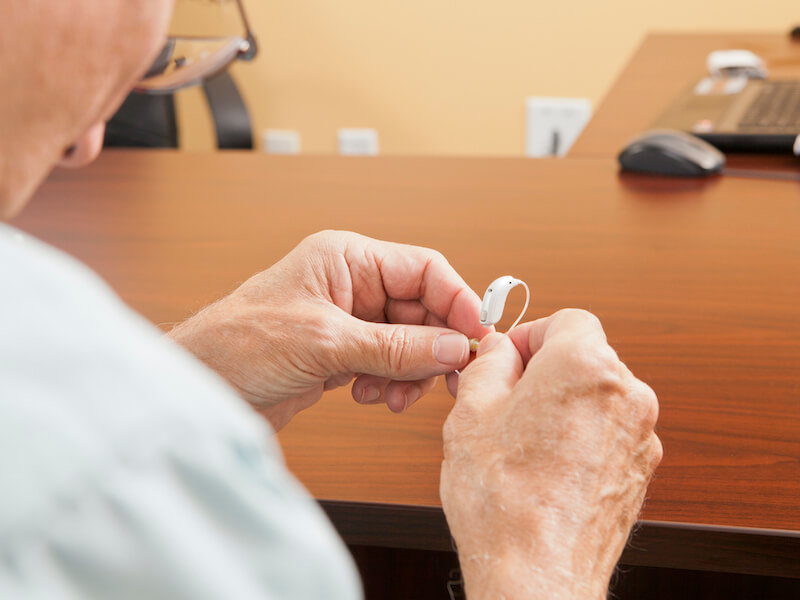
You take care of your hearing aids. Cleaning them every day, you make sure they’re safe and comfortable on their charger when you go to bed.
Suddenly and distressingly, your hearing aids are no longer working the way they used to. Fortunately, there are some steps you can take to diagnose the problem. Not doing any additional damage is your number one priority so you won’t need to replace them.
Troubleshooting your hearing aid
You kept the owner’s manual that came with your beautiful new hearing aids, right? Hopefully, you did so that you can consult with your owner’s manual to perform maintenance and troubleshooting. Following your owner’s manual is crucial because every model of hearing aid is different.
On most models there are some other things you can check, here are a few:
- Wax accumulation: Do a visual check of your hearing aid to make sure that there’s no wax buildup interfering with basic operation. Even if you perform routine cleaning, sometimes wax can build up quickly, so it’s worth checking this off your list.
- Check your battery: Even if you know your hearing aids spent the night on the charger, you’ll want to double-check the battery power. If your hearing aid has replaceable batteries, it may be a good idea to check if those batteries are inserted properly or if a new one solves the problem.
- Keep your microphone clear: Check for anything obstructing the microphone of your hearing aid. An obstructed microphone can cause feedback or can cause your hearing aids to sound broken or quiet.
- Check for noticeable damage: Does your hearing aid have any noticeable loose components or cracks around its shell? Cracks, clearly, could suggest more extensive damage (or allow in moisture).
Again, consult your owner’s manual on how you should approach each of these issues. In some cases, you may be able to perform maintenance yourself.
When does my hearing aid require repair?
If your hearing aid keeps malfunctioning after you have performed basic maintenance and troubleshooting, it’s likely that your hearing aid will have to be professionally repaired. You need your hearing aids for almost every aspect of your life so this might not sound really appealing.
You won’t automatically be without your hearing aid for extended periods of time just because it needs to be repaired. In some instances, we can fix your hearing aid in office while you wait.
Or, you’ll be able to bring your hearing aids in for professional assistance and have them back in just a few hours (this, obviously, depends on the extent of the damage, all the more reason to get your devices in for repair as soon as possible).
But fast repair won’t be possible in every case. A backup set of hearing aids may be needed in these cases. Maybe you have an old pair that will do temporarily in a pinch. Or it’s possible that we have a loaner pair you can use.
Get assistance with your hearing aids right away
If the audio quality is beginning to falter, it’s crucial to get your hearing aids checked and repaired.
You’ll want to try to avoid any downtime. Your mental health and your general health can be impacted by neglected hearing loss. And it becomes all too easy to leave your hearing aids laying in a drawer somewhere while your hearing continues to decline.
Keeping those hearing aids in excellent working order is the key to keeping your hearing healthy. And the best way to do that is to clean them, keep them charged, and, when necessary, take your hearing aids to get some professional repair.

